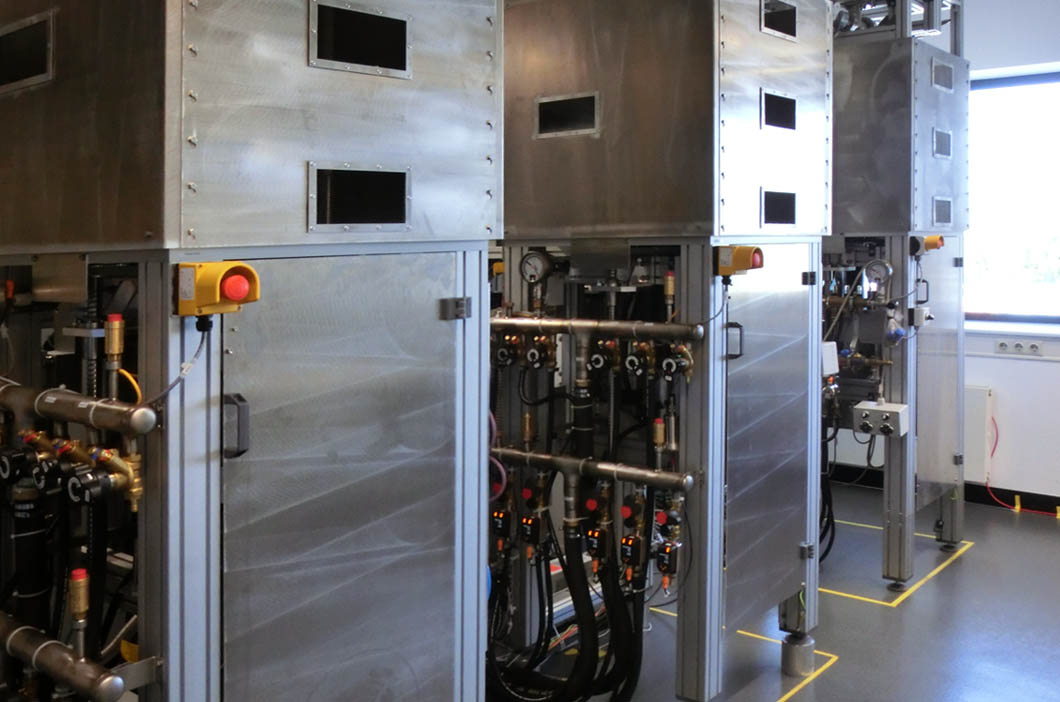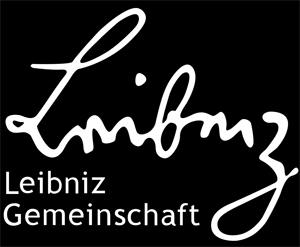In 2019, the Aluminium Nitride group launched a new crystal growth laboratory with three identical reactors for the sublimation growth of aluminium nitride monocrystals. The equipments were designed and built in close cooperation with the Design Group at the IKZ.
This measure not only increases the growth capacity significantly, but also helps to guarantee reproducible growth conditions from test to test or plant to plant, even from an industrial point of view, i.e. within a very narrow parameter range. In particular, the focus is on the reliable optical measurement of temperatures > 2000°C at the top and bottom of the crucible.
The aim of the work in the new laboratory is to develop a process for the production of low-defect (EPD < 105 cm-2) AlN substrates with a diameter of 10 mm to 1" (25.4 mm) and defined properties (doping, orientation, geometry, surface quality).
With these prototype series of substrates with reproducible properties, the potential of AlN for various applications in the field of semiconductor electronics can be evaluated together with partners. The substrate requirements vary depending on the potential applications.
In the current BMBF project "UV LEDs for ultra-short wavelengths around 230 nm based on AlN substrates (AlN-230nm)", for example, UV-transparent AlN substrates which are grown at IKZ and processed by the substrate manufacturers FCM and Crystec are used by epitaxy and device developers FBH and TUB for the production of UVC LEDs. Within the framework of the Advanced UV for Life Consortium, these can be used, for example, to develop modules for disinfection in medical technology.
For other non-optical applications, however, no UV transparency is required. In the case of high-temperature sensors, for example, the focus is on the influence of doping on the electromechanical properties, while for acoustic surface wave filters (SAW filters) the sample geometry and surface quality are the most important properties.


